|
It’s not all doom and gloom. Counts of some water bird species in Deep Bay have actually increased during the new century, including Great Cormorant, Black-tailed Godwit and Eurasian Curlew. The following three species are, however, the most obvious ones to buck the declining trend. Tufted Duck Aythya fuligula 2015: Peak count 3,204 in March and high count3,053 in December. 1995: Peak count 14 on 5 January and 291 on 31 December. Notes: The highest count on record was 6,742 in February 2009. There was a marked increase from 2005 onwards although numbers have slowly fallen since 2010. Most of the Tufted Ducks winter out on the Shenzhen side of Deep Bay. Comment: The marked increase in counts of this species in Hong Kong contradicts the general catch-all explanation that water birds are wintering further to the north because of global warming (although there was a large increase in numbers of Tufted Duck wintering in South Korea in 2015). The fact that the increase in Tufted Duck numbers occurred at much the same time as the demise of Common Shelduck suggest perhaps more local factors are at play. Again, there is speculation that there may have been a change in food supply out in the bay - to the detriment of Common Shelduck but to the benefit of Tufted Duck. Black-faced Spoonbill Platalea minor 2015: High count 372 in the January WC. Increasing numbers at MPNR from mid-October with peak count 421 roosting there on 12 November. 1995: Numbers increased to 99 on 23 November, a new high, constituting approximately 25% of the world population. Notes: Numbers have increased considerably since the 1990s, in line with an overall increase globally. The highest count was 496 on 24 January 2010. Comment: Currently, the global population is 3,941 (January 2017), so Deep Bay now holds about 10% of the world population. This is a great conservation success story and seems mainly due to the protection of the species in its wintering areas, particularly in Taiwan. Pied Avocet Recurvirostra avosetta 2015:Peak count 10,957 in January. 1995:Peak count 1002 in February, a new high count. Notes: There was a substantial increase up until 2008 - the highest count on record was 16,123 in January 2208 - with a gradual fall since then, but numbers still remain high c.f. the 1990s. Comment: A change in the composition of the food supply out on the mud flats may account for the large increase in numbers during this century. The following statement from the Hong Kong Water Quality Resource Centre (see http://wqrc.epd.gov.hk/en/regional-collaboration/deep-bay.aspx ) may be of relevance here (and to the comments on Common Shelduck and Tufted Duck above): In 2000, the two governments formulated the “Deep Bay (Shenzhen Bay) Water Pollution Control Joint Implementation Programme” (JIP) to improve Deep Bay’s water quality. The JIP sets out pollution control measures to be undertaken by both governments at various stages, essentially to reduce wastewater discharge into Deep Bay by extension and improvement of sewerage infrastructure. Both sides would review the JIP regularly so as to evaluate its effectiveness and to draw up necessary additional mitigation measures, including amendment of the JIP. Both sides are working together in accordance with the revised JIP to reduce progressively the pollution load of Deep Bay. The water quality at major rivers discharging into Deep Bay has continued to improve since mid-2000’s. As a result, the water quality of Deep Bay also shows noticeable improvement. Hong Kong and Shenzhen will work together closely to continue to improve the water quality of Deep Bay. REFERENCES
References to authorities cited in my three-part Blog are as follows: BirdLife International 2017. Species factsheet: Mareca falcata. Downloaded from http://www.birdlife.org on 22/06/2017 China Coastal Waterbird Census Group. 2015. Identification of coastal wetlands of international importance for waterbirds: a review of China Coastal Waterbird Surveys 2005–2013. Avian Research 2015 6:12. Hashimoto, H. and Sugawa, H. 2013. Population Trends of Wintering Eurasian Coot Fulica atra in East Asia. Ornithological Science 12(2):91-105. Mundkur, T., Langendoen, T. and Watkins, D. (eds.) 2017. The Asian Waterbird Census 2008-2015 - results of coordinated counts in Asia and Australasia. Wetlands International, Ede. Reeber, S. 2015. Wildfowl of Europe, Asia and North America. Christopher Helm, London. Shi, H. Q., Cao, L., Baxter, M.A. and Liu, N. F. 2008. Status of the East Asian population of the Dalmatian Pelican Pelecanus crispus: the need for urgent conservation action. Bird Conservation International 18:181–193.
1 Comment
A number of water birds have declined in numbers in Hong Kong in recent years. The four species discussed below are perhaps the most obvious. Falcated Duck Anas falcata 2015: recorded at MPNR to 13 February with high count two, both females, on 10 January. Recorded at MPNR from 13 December, peak count four, all females, on 26 December. 1995: The highest count in the first-winter period was 101 on 29 January … and 54 on the final day of the year. Notes: The highest count was 413 on 14 January 1984. There has been a big decline since the 1990s. Numbers have only reached double-figures in four of the last fourteen years. Comment: This decline in Hong Kong is reflected more generally in the AWC surveys which show a decline in the counting area from 14,642 in 2008 to 8,133 in 2015, although populations in Japan and Korea seem to be relatively stable . BirdLife International (2017) note a considerable decline in China where hunting is the major cause e.g. an estimated 33,000-37,000 individuals of this species taken along the lower and middle Yangtze River basins in each of the four winters from 1988-1992. Reeber (2015) also notes that decline in China is also due to large scale destruction of its habitats, mainly to make way for agriculture. Falcated Duck is Near threatened. Chinese Spot-billed Duck Anas zonorhyncha 2015: Another poor year for this species, with the lowest peak count since 1974. Recorded at MPNR up to 28 March with a peak count of seven on 25 February. No summer records Recorded at MPNR from 6 October with high count three in the December WC. 1995: High count of 390 in February waterfowl count [Note that this was a mix of both Anas zonorhyncha and Anas haringtoni as they were considered then to be one species, Yellow-nib Duck – although there was only a handful of haringtoni in the total). Up to 15 haringtoni were present in July and August. Notes: As the above indicates, this duck was common in the 1990s and Indian Spot-billed Duck Anas zonorhyncha was regular in small numbers (highest count 40 in October 1997). Both species bred. Now, Chinese Spot-billed Duck is rare in winter and uncommon in summer, and Indian Spot-billed Duck has been recorded in only eight of the last sixteen years and not since 2012. It may well be extinct in the territory. Comment: Possible decline in China related to hunting and habitat destruction, which may have impacted on the Hong Kong population – but this is purely speculative. Eurasian Coot Fulica atra 2015: high count 42 in January, peak count 66 in December, the highest since 2011. 1995: high count 711 in February, peak count 1285 December. Notes: Peak count 3,245 in January 1992, Decline since early 1990s with numbers this century varying from 728 in 2008 to nine in 2012. There have been no counts of 100+ since 2011. Comment: Hashimoto and Sugawa (2013) note a decline in wintering populations in China and a corresponding increase in numbers wintering in Japan and Korea. It seems likely that birds that used to winter in Hong Kong are wintering further to the north or northeast. Spotted Redshank
2015: High count 88 in January WC. Peak count 175 in April. 1995: 1730 in January. Notes: Highest count 2500 April 1987. Continuous declining trend this century to a new low in 2015. No counts of 1,000+ since 2008. Comment: The AWC surveys give a count for China of 655 in 2008 down to 87 in 2005 suggesting a decline on the mainland. (However, winter counts on the mainland are limited in their coverage.) Overall counts in the Asia/Australasia reason remain more or less the same. It remains unclear why numbers have declined in Hong Kong. The (excellent) Hong Kong Bird Report for 2015 has just been published. To while away the wet summer afternoons, I thought it might be of interest to look at the most obvious changes that had taken place in the avifauna at Mai Po/Deep Bay over the past twenty years. I’ve taken an unscientific, snapshot approach, comparing the entries on a handful of species in the 2015 report with the 1995 report. I begin with four species that seem, unfortunately, to have disappeared from Deep Bay for good. Note that “the AWC surveys” in my comments refers to The Asian Waterbird Census 2008-2015 - results of coordinated counts in Asia and Australasia (Mundkur et al., 2017). COMMON SHELDUCK Tadorna tadorna 2015: No records. 1995: Waterfowl counts for Deep Bay in the early part of the year were 980 in January, 1012 in February and 491 in March, though 850 were still present on 28 February. Notes: The highest count was 4,011 on 17 January 1988. There was a massive decline at the turn of the century from 1320 in Jan 2000 to 279 in 2001, then it was more or less downhill all the way to the last record of a single bird in the first-winter period in 2013. Comment: In terms of numbers, this is the most dramatic loss to the Hong Kong avifauna so far this century. The question with this species, as with other species that have become extinct or declined in Hong Kong, is: Are birds simply wintering elsewhere in East Asia or does the HK situation mirror a general decline? In terms of the Common Shelduck, there is no evidence of a decline elsewhere in East Asia. The AWC survey, in fact, shows that numbers have increased in Japan, for example, from 2,070 in 2008 to 6,104 in 2015. It seems likely that the ex-Hong Kong birds are now wintering further to the northeast. This may be a result of climate change, but perhaps there is a more localised reason for the disappearance of the species. One specualtion is that a change in the nature of the food supply in Deep Bay caused by the exponential growth of Shenzhen in recent years has impacted negatively on this species. RED-BREASTED MERGANSER Mergus serrator 2015: No records 1995: All March records: one at Mai Po on 4th, four at Tsim Bei Tsui on 18th, 27 at Mai Po on 19th and 22 off Cape D’Aguilar on 20th. Notes: Although never common, this species used to be a regular winter visitor and passage migrant to Deep Bay with a high count of 97 near Lau Fau Shan in January 1990. There has been a strong decline in numbers since the turn of the century so that now it is a scarce spring passage through southern waters and is no longer annual. There have been no records in Deep Bay since 2012. Comment: The decline in Hong Kong may reflect a general decline in the region. The total number in the AWC surveys (which includes most of Asia and Australasia) show a rise from 6,869 in 2008 to 11,288 in 2012, followed by a decline to 3,235 in 2015. The surveys show a decline in Japan from 6,075 in 2009 to 1,755 in 2015. Numbers in Korea vary annually e.g. from 1,890 in 2008, up to 10,136 in 2012 and down to 1,475 in 2015. The East Asian population is said to be 25,000-100,000 (Reeber 2015); however, the AWC surveys indicate that this assessment may be too high. BLACK-HEADED IBIS Threskiornis melanocephalus 2015: No records 1995: One in Deep Bay 18 March to 25 April, one at Kam Tin on 4 October and one in Deep Bay 14 October to 25 December. Notes: The highest count was 25 in January 1974. There was a significant decline in the last quarter of the 20th century. There have been no records in Hong Kong since 1999. Comment: Present in south and southeast Asia – population 20,000. There used to be a small population in East Asia (c.100 birds in 2002) and breeding was considered – although not proven - to occur in Heilongjiang. Presumably the records in Japan, Hong Kong and elsewhere in eastern and southern China derived from this breeding population. The last record in China was one in Zhejiang province in November 2005. The east Asian population is now believed to be extinct. DALMATIAN PELICAN Pelecanus crispus
2015: No records 1995:Peak count of 19 on 3 February and ten on 25 December. Notes: The Dalmatian Pelican used to be a regular winter visitor to Deep Bay although there was a significant decline after the late 1970s when the flock was of 70-85 birds. Between 18 and 24 birds were present in the 1990s. This further declined to 15 in 2005, after which there were two in 2006, no more than one until 2010 and with no records since. Comment: A small eastern population breeds in Mongolia and winters in southeast China. The size of this population was considered to number c.50 birds in 2007 (Shi et al, 2008) but there was a recent count of 112 at Dongtai, Jiangsu in November 2013 (China Coastal Waterbird Census Group, 2015). The ex-Hong Kong birds are considered to be wintering further to the north. The comment about Common Shelduck above may also be relevant to this species. There are two more species that might be included in this section. One is Indian Spot-billed Duck Anas haringtoni and the other is the critically endangered Baer's Pochard Aythya baeri. Neither of these have been recorded in the territory since 2012. There are a number of egretries scattered throughout the New Territories in Hong Kong. The one I stop at most often is adjacent to the busy Castle Peak Road at Mai Po village. This is, in fact, the largest egretry in the territory. When there, I try to park away from the trees and avoid directly walking under them as the birds’ droppings can be a minor nuisance. However, this doesn't detract from the great interest of the bird activity in the colony. The second largest egretry (in 2016 it contained 151 nests of four heron species) is along the main road on the edge of Tai Po Market. This egretry has been established for many years in spite of its proximity to a busy road and in spite of the number of people who pass by on a regular basis. Apparently, there was a recent complaint made about the droppings from the egrets at Tai Po and the Leisure and Cultural Services Department (LCSD) felt compelled to respond. As I understand it, they sent in a team (along with a crane on the back of a lorry) to cut down the branches overhanging the pavement. In doing so, they also cut down nests with a number of small chicks in them. The chicks fell to the ground and a number of them died. (I have heard of 14 chicks being sent to the rehabilitation unit at KFBG with only 8 of those being alive, but more will have been involved.) Photographs of the action and its effects can be found at http://www.hkbws.org.hk/BBS/redirect.php?tid=26495&goto=lastpost#lastpost This action on the part of a government department is unconscionable; it is also illegal and leaves those involved liable to prosecution. Personally, I’m struggling to understand why they responded to the complaint in such an insensitive, heavy-handed fashion when there are obvious means of solving the problem - if it is indeed a problem - without harming the trees or the egrets. The owner of the website HK Wildlife has set up a petition protesting against the actions of the LCSD. It can be found at http://hkwildlifeegretry.weebly.com (Chinese only.) Hopefully, the publicity generated by the negative response to the above will prevent this from happening again. |
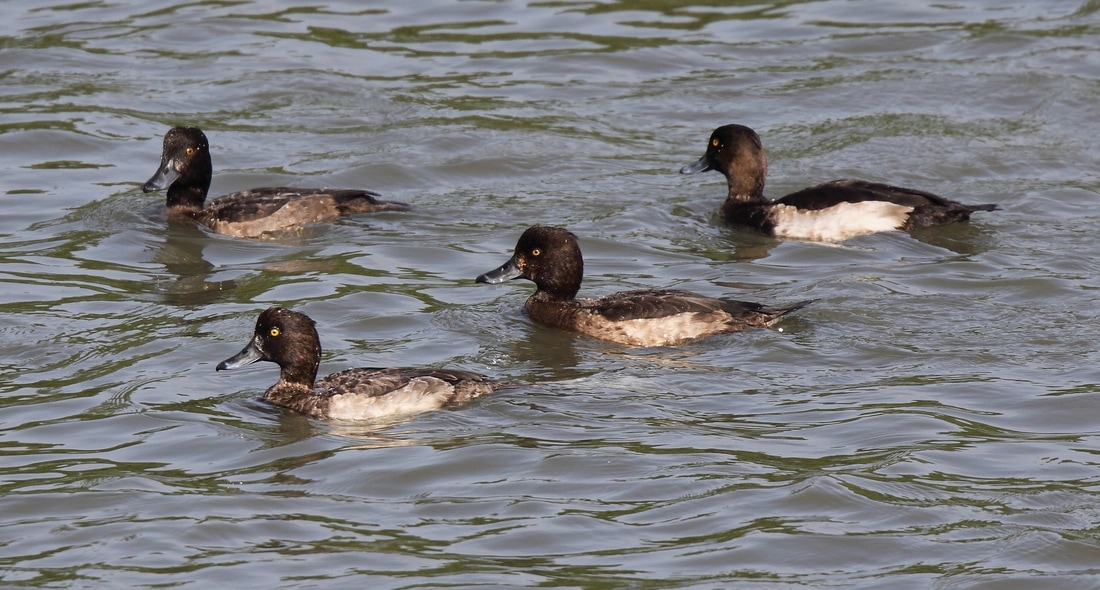

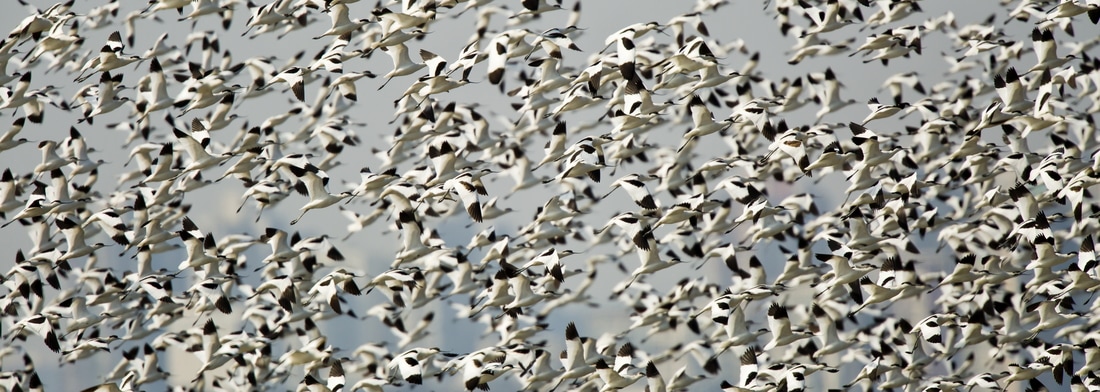

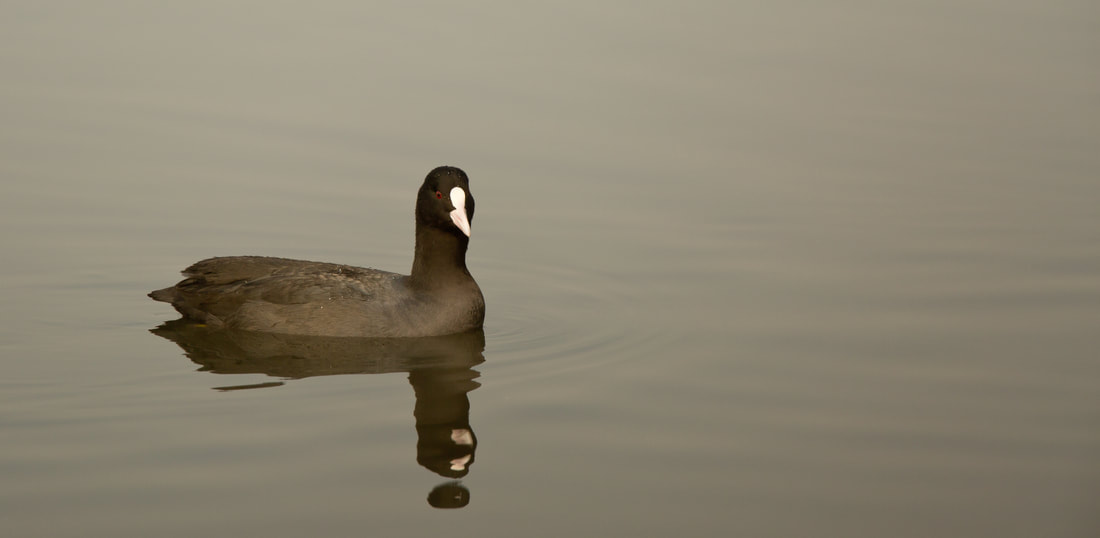
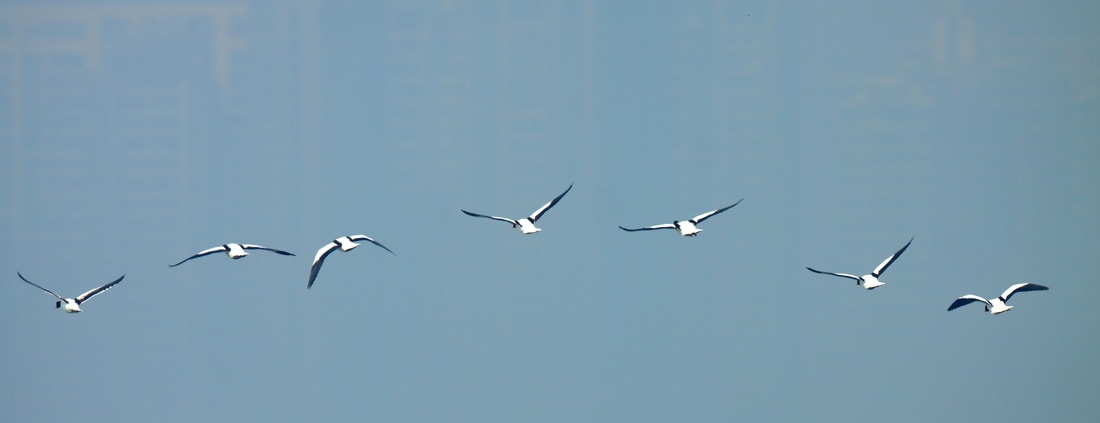
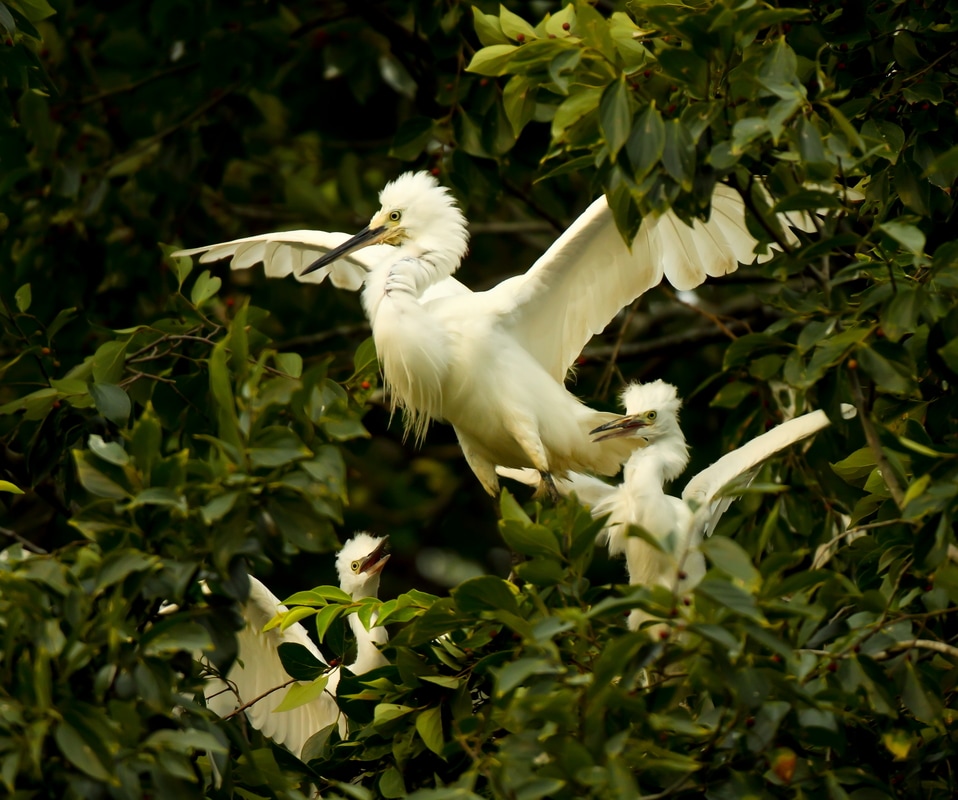
 RSS Feed
RSS Feed
